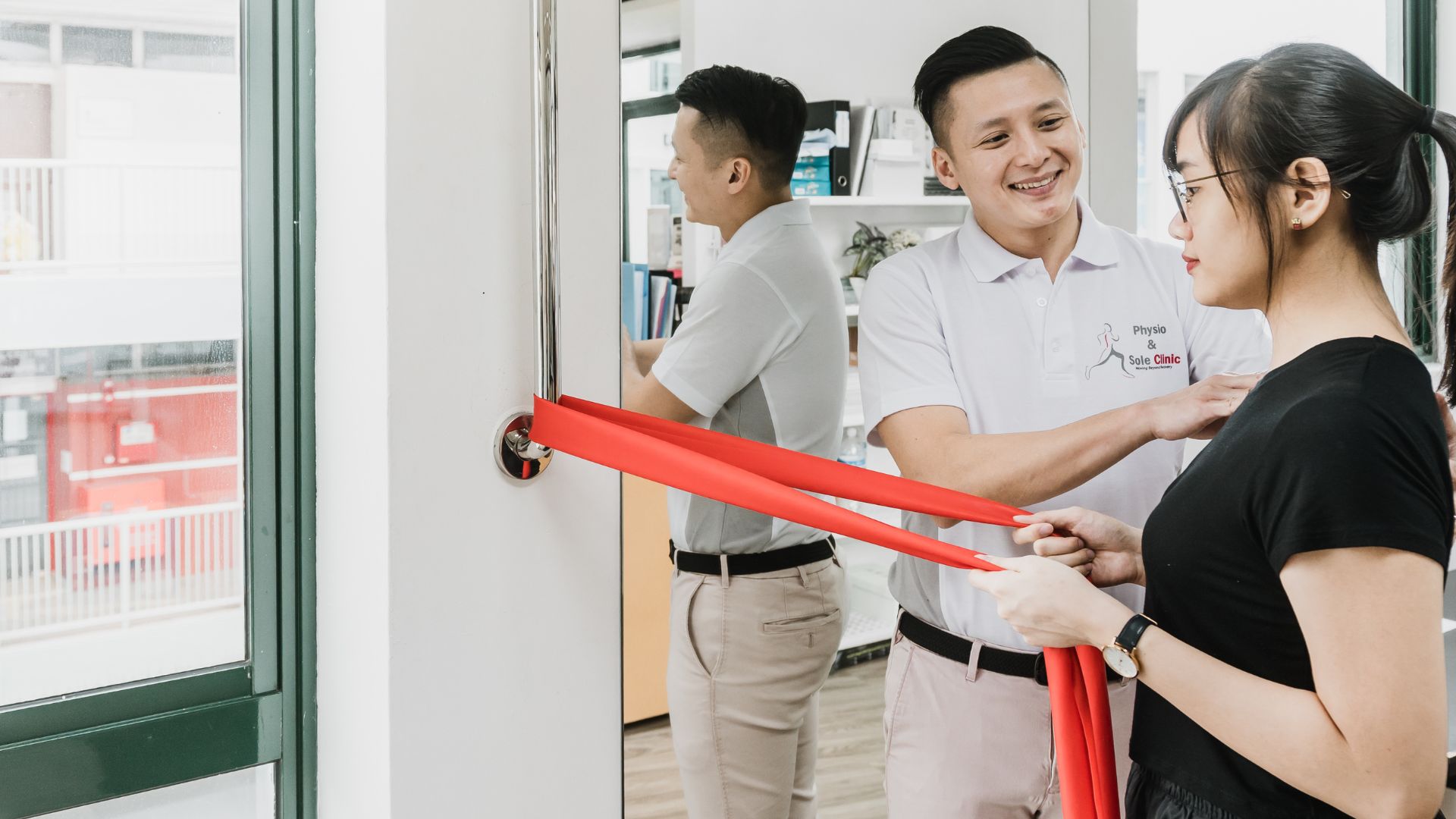Written by Kelvin Tay Kai Ming, Senior Group Partner & Principal Podiatrist at Physio & Sole Clinic
The Everyday Singapore Story
Meet Sarah, a 29-year-old marketing executive in Singapore. She spends long hours at her desk, often rushing between client meetings in heels, and unwinds with weekend HIIT classes at the gym. Lately, she’s been waking up with stabbing pain in her heel, pain she brushes off as “just being tired.” But weeks later, it hasn’t gone away. Sounds familiar?
Foot pain is one of the most common health complaints in Singapore, and it’s affecting young adults more than ever. Whether it’s long hours standing in retail, endless commutes in flat slippers, or pounding pavements at East Coast Park, our feet are taking the brunt of modern life.
The danger? Many dismiss these early warning signs. Left untreated, what starts as a mild ache can escalate into chronic pain, and in some cases, may even require surgery.
By learning to spot the most common foot conditions early and knowing when to seek professional help, you can protect your feet, avoid long-term damage, and keep moving freely.

1. Plantar Fasciitis – The Heel Pain That Strikes in the Morning

Plantar fasciitis is one of the most common causes of heel pain, especially in active Singaporeans and those working long hours on their feet. It often feels like a sharp, stabbing pain in the heel that greets you with your first steps out of bed in the morning. This happens when the plantar fascia, a band of tissue along the sole of your foot, becomes inflamed from repeated stress. Standing shifts in F&B, poor footwear like flat slippers, or pounding miles at East Coast Park can all contribute. Left untreated, the pain can become persistent and limit your daily life.
2. Flat Feet & Fallen Arches – More Than Just “No Arch”

Flat feet may look harmless, but they can create a ripple effect on your entire body. Many Singaporeans who grow up in slippers or unsupportive school shoes eventually develop collapsed arches. The result is aching, tired feet that struggle to support your weight, especially after long hours of standing. This lack of arch support often leads to knee, hip, or even back pain over time. If you notice your shoes wearing out unevenly or feel like your ankles keep rolling inwards, your flat feet may be the hidden culprit.
3. Bunions – Painful Bony Bumps That Can Get Worse Over Time

Bunions are painful bony bumps at the base of your big toe, and they’re not just a cosmetic issue. They often begin as mild discomfort but can progress into constant pain that makes it difficult to wear your favourite shoes. Genetics plays a big role, but habits like squeezing into narrow office shoes or high heels accelerate the problem. Bunions worsen over time if not managed properly, and in severe cases, surgical correction may be the only option. The earlier you catch them, the easier they are to manage.
4. Achilles Tendonitis – The Back-of-Heel Burn

If you’ve ever felt a dull ache or burning sensation at the back of your heel after a run, you may have Achilles tendonitis. This condition is common among Singapore’s weekend warriors and athletes who push their training too quickly. It starts as stiffness or tenderness that eases after warming up, but if ignored, it can progress into persistent pain or even a rupture of the tendon, a serious injury requiring surgery. Tight calf muscles, sudden training spikes, or playing sports on hard surfaces are all common triggers.
5. Stress Fractures – The “Hidden” Sports Injury

Unlike sudden accidents, stress fractures creep up silently. They often feel like a sharp, pinpoint pain in the foot that worsens with activity but seems to improve with rest. Many runners mistake this for muscle soreness, but in reality, it’s a tiny crack in the bone caused by repetitive impact. Singapore’s running community is especially at risk, particularly those ramping up mileage for events like the Standard Chartered Singapore Marathon. Left untreated, stress fractures can worsen into complete breaks, keeping you off your feet for months.
When Should You Worry About Foot Pain?

It’s time to take your pain seriously if it lasts more than a week, if you notice persistent swelling or redness, or if walking and standing become increasingly difficult. Numbness, tingling, or sharp worsening pain are also red flags that require immediate attention.
How to Relieve Foot Pain at Home (Before It Gets Serious)

Simple strategies like stretching your calves, icing sore areas, and wearing supportive shoes can help reduce discomfort in the short term. But these are only temporary fixes. If the pain persists, it’s a sign your body is requesting for professional care.
How Physio & Sole Clinic Can Help

At Physio and Sole Clinic, we combine the expertise of both podiatrists and physiotherapists. Our podiatrists uncover structural or footwear-related issues with gait analysis and can provide custom orthotics. Our physiotherapists address muscle imbalances, use manual therapy, and design strengthening programmes. Together, they create a personalised treatment plan to help you recover faster and prevent long-term damage.
Don’t Walk It Off!
Like Sarah’s story at the start, many young Singaporeans ignore the early signs of foot pain. But pain doesn’t just vanish; it lingers, worsens, and sometimes leads to surgery. By recognising these 5 common conditions early, you can protect your feet, stay active, and safeguard your long-term mobility.
Don’t wait until pain stops you in your tracks. Book a gait assessment at Physio & Sole Clinic today and take the first step towards healthier, pain-free feet.






